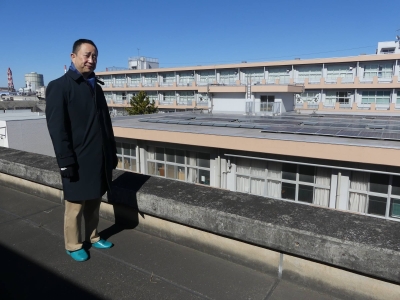On March 26, U.S. President Donald Trump signed an executive order imposing a 25% tariff on all cars and light-duty trucks imported into the United States. This measure took effect on April 3 — one day after the administration rolled out its “reciprocal tariffs” on U.S. trading partners. Trump tried to reassure nervous Americans, promising that “our automobile business will flourish like it’s never flourished before.”
It won’t. While Trump’s tariffs fly in the face of conventional economic wisdom — from Adam Smith and David Ricardo to John Maynard Keynes and Milton Friedman — his confidence may lead some to think there’s a hidden logic behind them. Presumably, the tariff on cars and trucks aims to incentivize automakers to establish factories in the U.S.
But on closer inspection, it becomes clear that this rationale is deeply flawed. And while it will negatively affect many countries — especially Canada, Mexico and Japan — its most devastating impact will be felt in the U.S. itself.
















With your current subscription plan you can comment on stories. However, before writing your first comment, please create a display name in the Profile section of your subscriber account page.